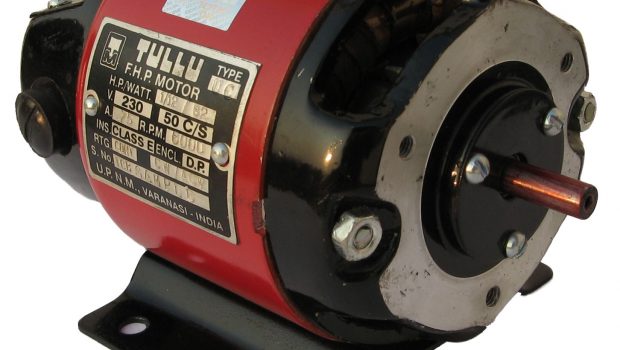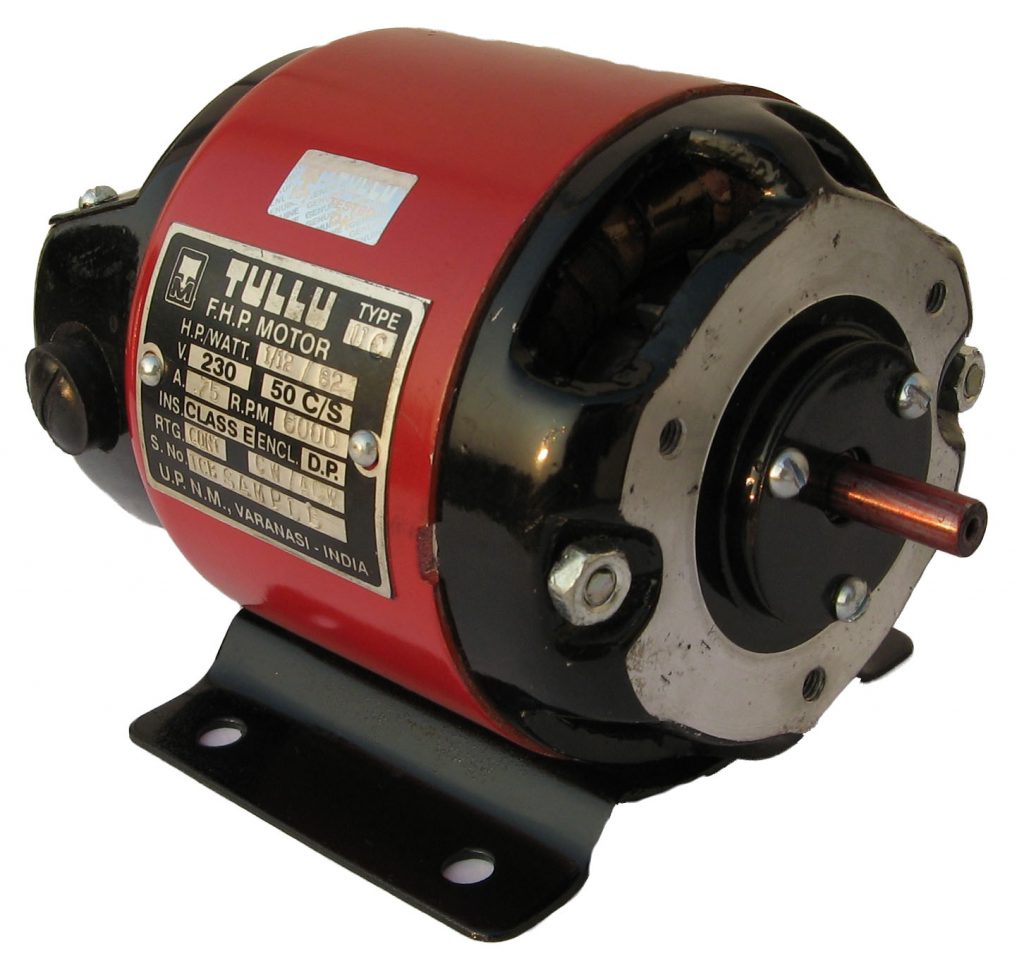5 Popular Applications for High-Speed Motors
In any industry, speed and efficiency is key. That’s why more and more industry innovators are turning to automation—which includes the use of highly efficient motors. To give you an idea about just how important these components are, we provide you with some examples of the applications of high-speed motors in different industries:
Construction
One of the most common applications of high-speed miniature motors are in power tools used in the construction industry. That’s especially considering that whatever the scale of the project—whether there’s a team of builders building a skyscraper or a line DIY enthusiast making a simple shelf—these tools are used all the time.
A top example of such tool is a hand drill, which has a high-speed brushless DC motor powering the fast rotation of the drill bit. That motor definitely produces more speed and power than having a worker bore a hole on wood or concrete manually. Another example is motorized pruning shears, which are used in vineyards to make harvesting more efficient.
Medicine
Of course, the use of high-speed motors isn’t just limited to power tools. In the medical field, these motors are commonly found in the turbines of respiratory ventilators—machines that blow air into the airways and lungs, helping patients to breathe. After all, to blow enough air, the turbines should run reliably at a fast speed. Since these motors can create around 180W of power at 50,000 rpm, they can definitely push enough air to keep someone alive.
Some medical implements also work in the same way as power tools in construction, such as spine drills that are used in surgery. As such, they also contain high-speed motors similar to the ones used in those hand tools.
High-speed motors also help in automating laboratory processes, especially in medical research. For example, clinical analyzers and assay preparation equipment contain these miniature motors to make preparing liquid samples easier.
Manufacturing
Another popular application of high-speed motors is in manufacturing. These motors can help speed up the processes on an assembly line, especially when compared to the work once manually done by individual workers. Those processes range from mixing in raw materials in the first stages of production to packaging the right amount of finished goods into a container for shipping. Hence, they’re ideal for the mass production of consumer goods.
Retail
It’s not just manufacturing that makes use of these high-speed motors. Smaller versions of these motors can be found in barcode scanners that are used in retail stores. These motors help the reciprocating mirror or rotating prism inside the barcode scanner quickly move back and forth across the bar code, to distribute the light from the laser beam it emits. The laser beam that’s reflected back by the bar code is collected and measured by the scanner, then decoded to give information about the product in seconds.
Body Art
Yes, high-speed motors are even used in more artistic endeavors, such as the creation of permanent tattoos—a form of body art. Newer tattoo machines use miniature high-speed motors to drive the needles on the skin faster and quieter, compared to older methods. As such, these tools help artists produce cleaner designs on their client’s skin.
As you can see, high-speed motors have a wide range of applications in different industries. With their many uses, these motors are definitely here to stay.











![8 Helpful Hunting Tips For Beginners [Infographic]](https://technofaq.org/wp-content/uploads/2017/02/8-things-a-new-hunter-needs-150x150.png)




